
Anna, 34.
The probability of an accident during a one-year insurance policy is 65% higher than the average.

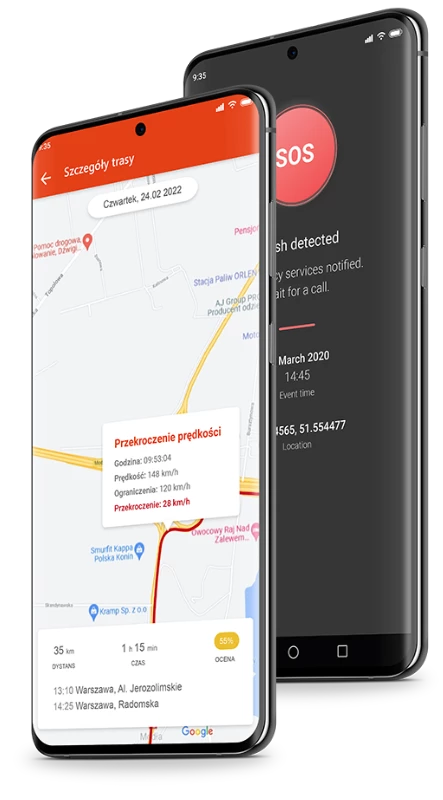







Why should drivers who drive safely and those who drive little pay for those who like risk? With us you will create PHYD and PPM offers. By matching premiums to actual risk, you will increase not only the satisfaction of your customers, but also the efficiency of your business. Find out more about our UBI engine.
learn moreThe probability of an accident during a one-year insurance policy is 65% higher than the average.

There are different types of telematics solutions. Data from accelerometers on braking and acceleration is not enough to know what type of driver you are dealing with. Check why the context of the driver’s behavior at individual speed limits, the sequence of maneuvers they perform and the driver’s distraction are so important.
learn more
Telematics offers attract fewer risky drivers. Thanks to the analysis of the driving style − you know who you are dealing with and what insurance premium you can offer them. But with Manage-how-you-drive tools, you can help ‘less-ideal’ drivers to improve their driving style. Check how our gamification, competitions and safe driving challenges work!
learn more
Of course, the main goal of our solutions is to reduce the number and scale of accidents. But what if a crash does happen? Thanks to our crash detection system, we are able to provide the driver with immediate assistance. How do we help the insurer? Among others with the analysis and reconstruction of accidents, and thanks to FNOL also reduction of costs related to damage, towing or fraud.
learn more
Behind all you see… there is: our device agnostic platform. Thanks to it, we can obtain and process data from various devices: smartphones, beacons, OBDII or 12V. But it’s not all. Thanks to telematics solutions, you can offer your customers the option of testing their driving style before they decide to buy a policy (Try before you buy) or receive financial rewards for safe driving in the form of cashback.
learn more
Assistance in the event of an accident, navigation with the latest information about the road situation, video recorder, or maybe monitoring for the fleet? Which of our value-added services will you choose to add to your policy to increase customer engagement and loyalty? Check how, thanks to the use of our navigation in the LINK4 offer, the insurer reduced the churn rate in the group of the safest drivers by 8%!
learn more
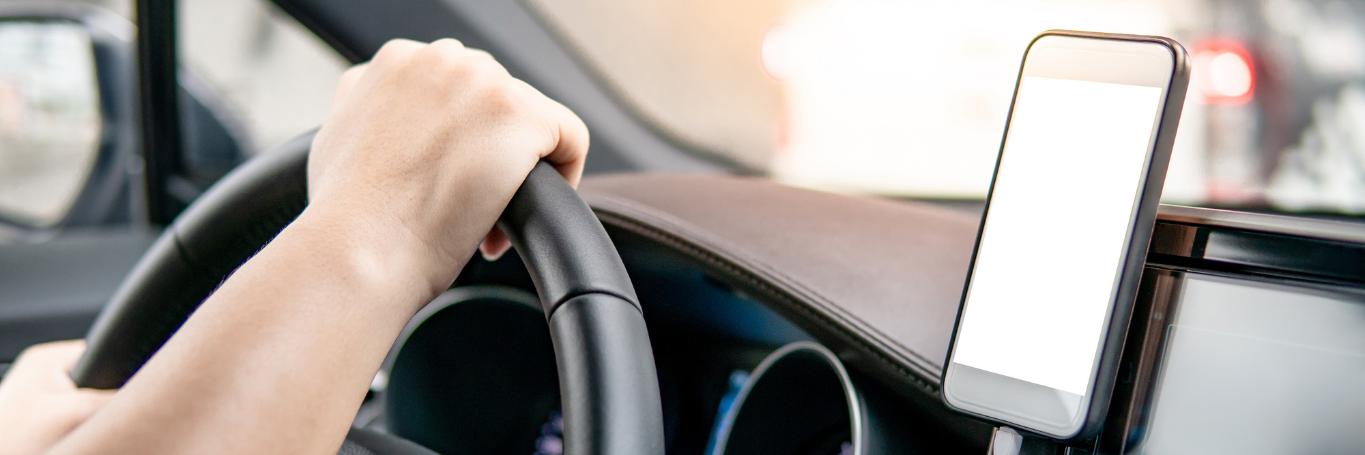
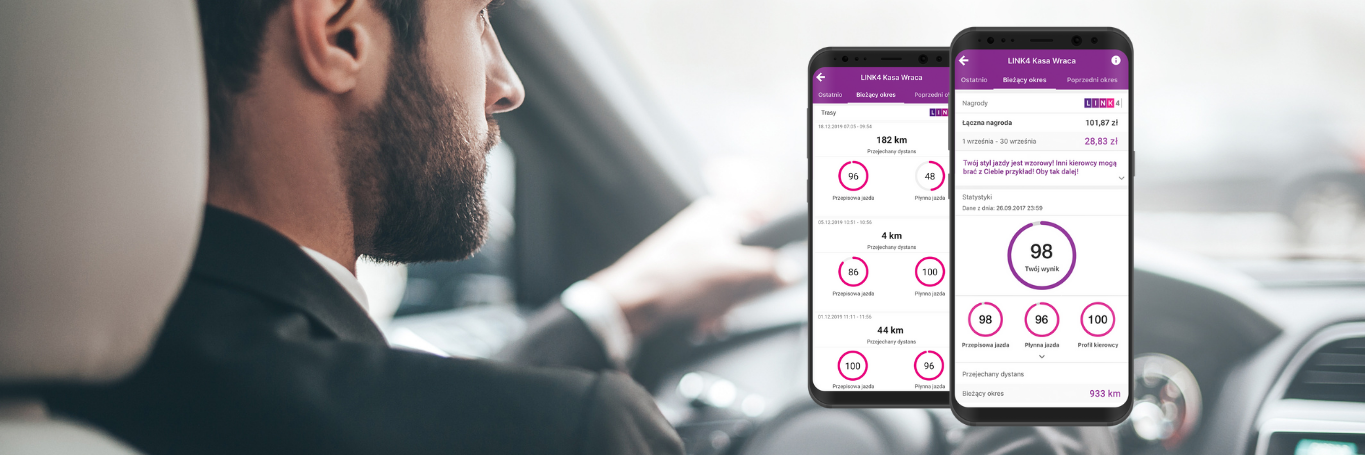
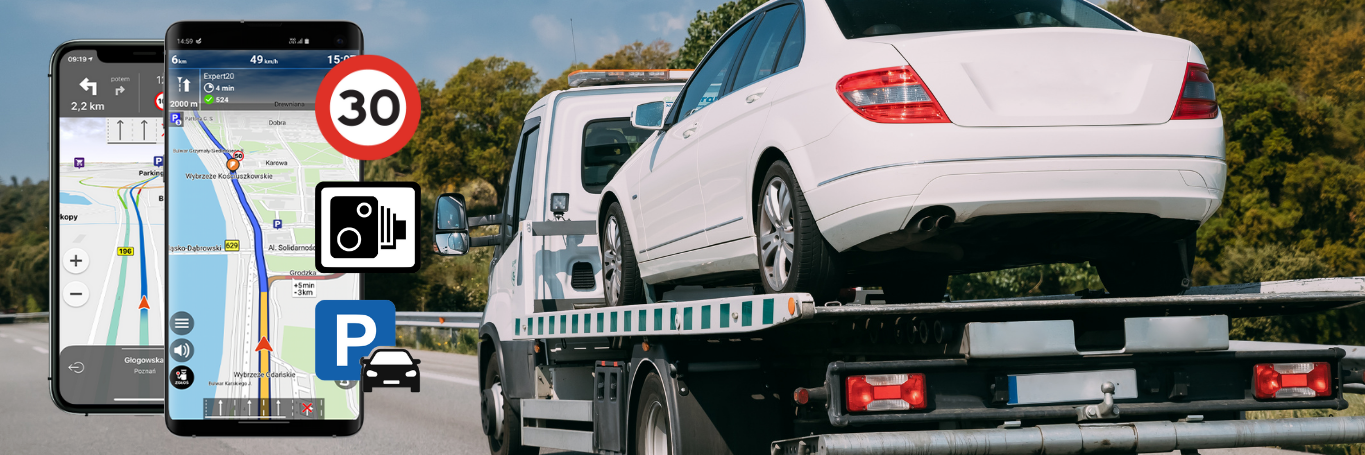
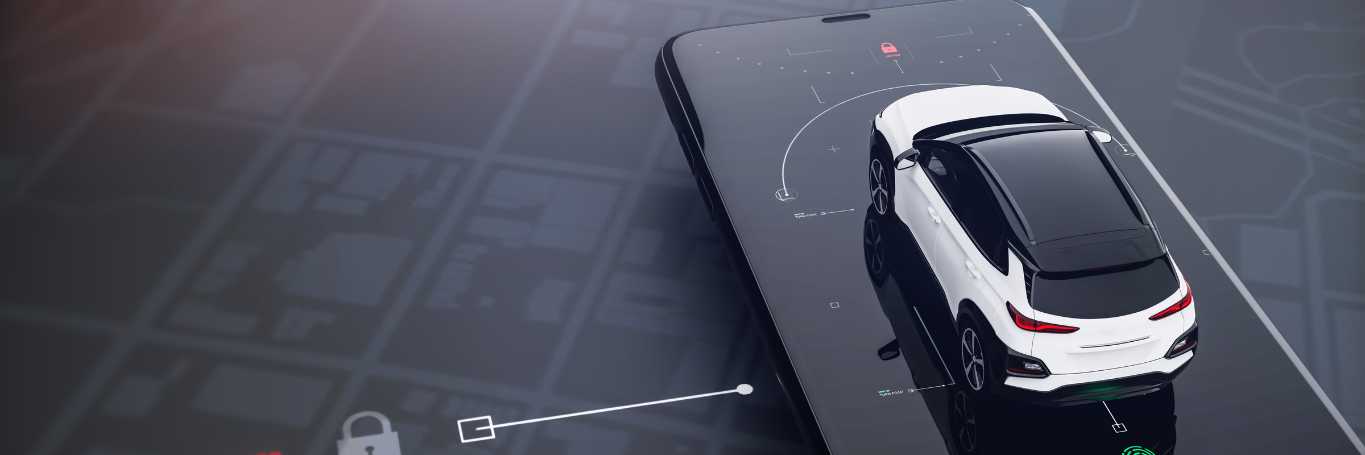
According to art. 13 of the GDPR*, we would like to inform you that:
1) Telematics Technologies sp. z o.o. (limited liability company) with registered office in Warsaw, Al. Jerozolimskie 181B, 02-222 Warsaw is your personal data controller
2) Your personal data will be processed for the purpose of communication about the services provided by the controller - legal basis: art. 6 paragraph 1 letter a) of the GDPR i.e. your consent and art. 6 paragraph 1 letter f) of the GDPR, i.e. legitimate interests pursued by the controller which is the marketing of its products;
3) Your personal data will be processed until you withdraw your consent (or lodge an object to processing personal data).
4) You have the right to request access to Your personal data, rectification (correction) Your personal data, restriction of processing personal data, erasure Your personal data, object to processing, data portability to another controller, you have also the right to withdraw consent at any time, without affecting the lawfulness of processing based on consent before its withdrawal
5) You have the right to lodge a complaint with the President of the Personal Data Protection Office (address: ul. Stawki 2, 00 - 193 Warsaw)
6) Your data may be transferred by the controller to recipients who handle server services, IT systems, and database services, including entities outside the EEA (USA). The transfer of data outside the EEA takes place on the basis of standard contractual clauses, available for inspection at the controller’s registered office.
7) Providing Your personal data is voluntary, however, failure to provide them may result in the inability to answer your questions and conduct further communication; We will not make automated decisions based on your personal data, including decisions resulting from profiling
8) Contact with data protection officer: iod@telematicstechnologies.com
*GDPR - Regulation (EU) 2016/679 of the European Parliament and of the Council of 27 April 2016 on the protection of natural persons with regard to the processing of personal data and on the free movement of such data, and repealing Directive 95/46/EC (General Data Protection Regulation) (Text with EEA relevance)
EURlex No. 119 from 04.05.2016.

Katarzyna Przybylska
Marketing & International Sales Director